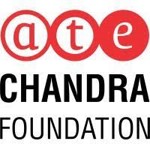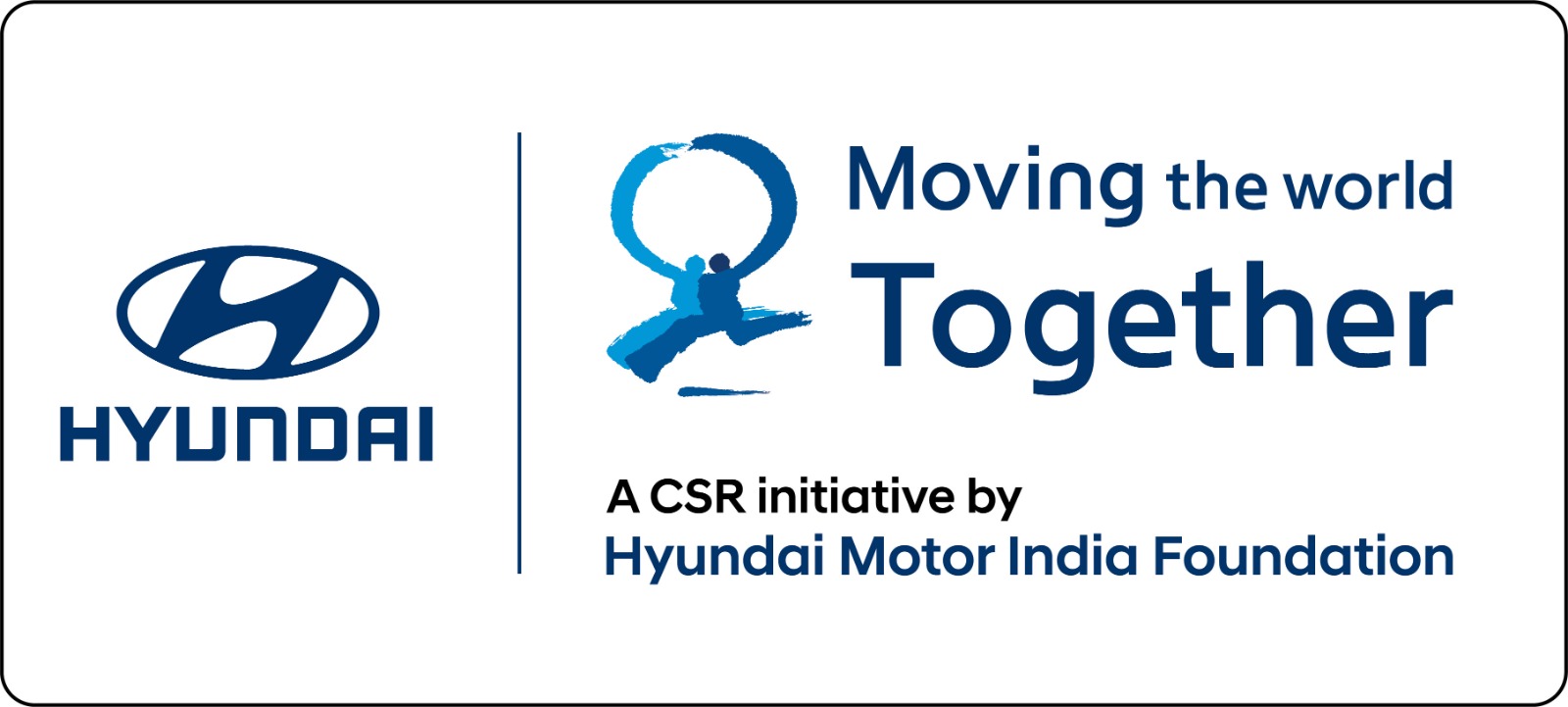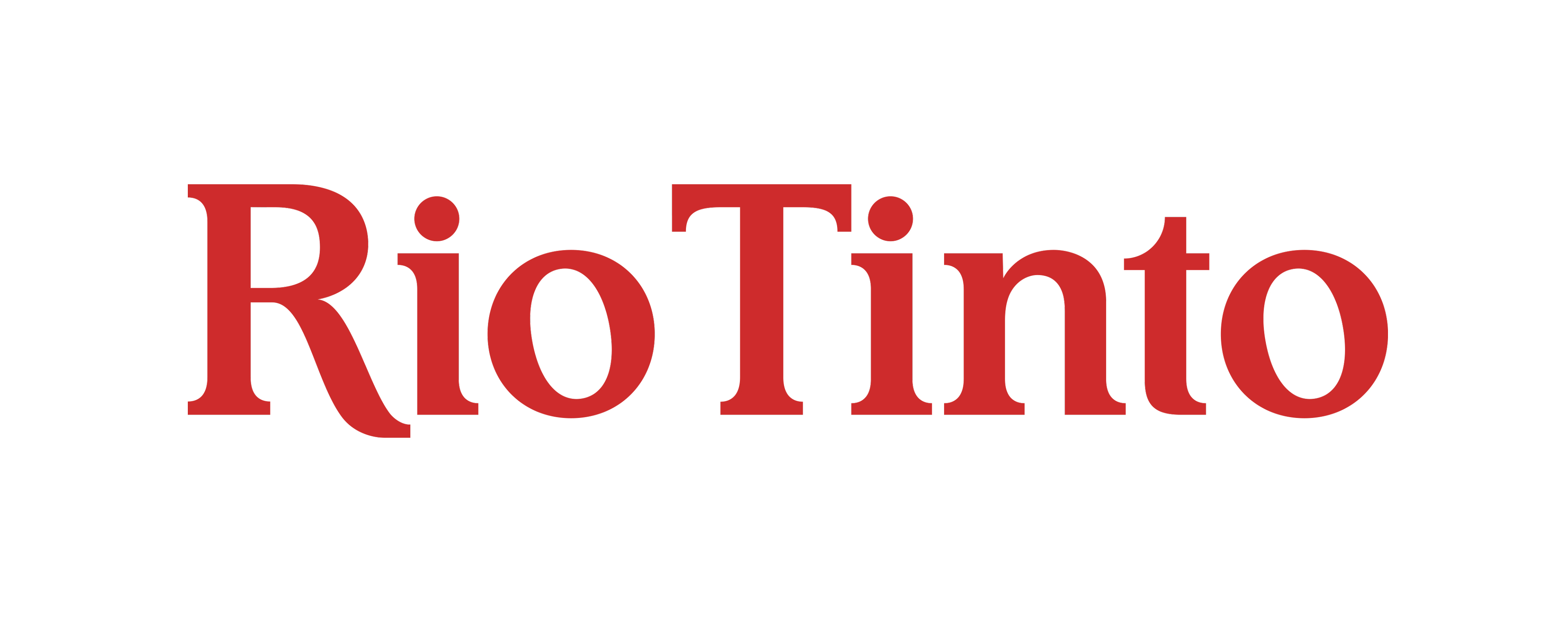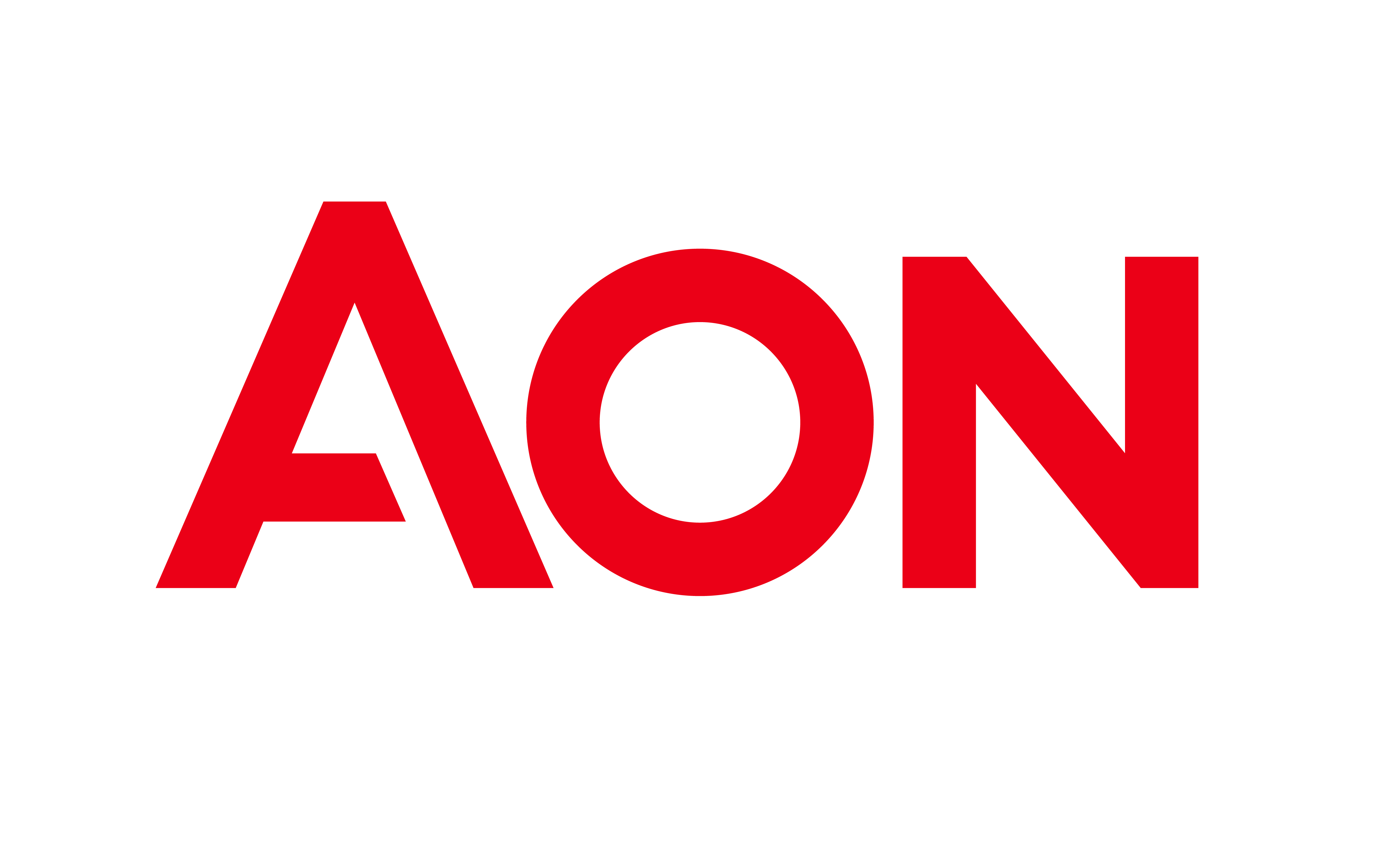
Spaces for Agency: Analysing Individual Voice in Group Rights
Author:
While India’s constitution enshrines the autonomy and rights of the diverse group constituting these populations, a question often emerges of how group rights can come into tension with individual rights. This raises the question of whether there are spaces for the individual to voice interests separate from the group. CAF’s CEO Dr Nivedita Narain was a co-researcher on a comparative case study of interventions around gender justice with Gond Adivasis in Chattisgarh. It analyses to what extent state and NGO interventions on SHGs are able to accommodate individual rights around gender justice, and offers insights into the importance of ensuring platforms for voice and agency in programmes.
Overview of Group Rights in India
The Indian constitution of 1950 declared its commitment to freedom from discrimination and equality before the law for all citizens, regardless of gender, caste, religion, indigeneity and so on. Simultaneously, the constitution also extended a range of group-differentiated rights to address the historically entrenched disadvantage of certain social groups: the adivasis, officially designated as Scheduled Tribes (STs) within the constitution, and dalits (previously ‘untouchable’ castes), officially designated as Scheduled Castes (SCs). Special reservations within elected bodies, public sector employment (extended to private sector institutions in 2006), state educational systems are some examples of how such group rights are enshrined. Additionally, they are prioritised in a number of government poverty programs, such as subsidised housing schemes and the MGNREGS.
The research question that emerges is whether group rights can lead to the demeaning or loss of individual rights of other members in the group, particularly for certain vulnerable members. Alongside assessing whether tensions between group rights and gender justice manifest among communities, this study also analysed how the work of two major development organisations in the area using the self-help group (SHG) approach in their programmes, PRADAN and BIHAN, has had any impact on how men and women experience these tensions
Study Design
The study was conducted in the state of Chattisgarh, in the Upper Bastar Kanker district within the Bastar region. This area is home to the Gond Adivasi tribals and amongst one of the poorest regions in the country. PRADAN initiated work in this region in 2008-09, and in spite of various concerted efforts the district continues to fare low on the Human Development Index with an abysmal score of 0391. To further understand the nature of transformation in these areas as a result of civil society interventions, the project empirically investigated the following:
- The key focus of this study was to see how Adivasi Gond women in Kanker understand and experience gender inequality
- The extent to which current interventions around SHGs by NGOs like PRADAN and the National Rural Livelihood Mission have (differentially) impacted gender inequality.
- To explore facilitating and hindering forces that mediate the women’s groups ability/inclination to negotiate/challenge inequality in their own lives.
The research project was supported by the International Inequalities Institute of the London School of Economics. The team members Dr. Nivedita Narain, Vinitika Lal, and Dr. Varnica Arora were part of the visiting Atlantic Fellowship 2017-18, and conducted this research in collaboration with Dr. Naila Kabeer of the LSE.
Key Findings
Conversations with local Gond leaders revealed three layers of governance in the community, each relating to different domains of membership. The domain of saskiya, the official domain, relates to their membership of the nation-state and is governed by the laws of the land. The domain of the samajik relates to the region-wide Gond community while the sarvajanik domain refers to the village community, the domain of everyday life.
Both men and women interviewed as part of this research agreed that women’s collective action as a result of state created self-help groups and other complementary interventions was instrumental in ensuring increased gender equality. This took the forms of improved skills and livelihood practices, increased voice and participation of women in meetings. However, this was very clearly unfolding in the domain of the saskiya.
In the state-led model, this exercise of rights by women remained confined to this domain, and did not address issues in relations within the samajik and sarvajanik domain. Women’s collective action was directed towards school authorities, government officials, commercial loggers, health providers and others. In the familial domain however, it was found that men still had higher authority in decision making on all matters excluding SHG-related issues. Ultimately, women only had the choice of being loyal to the group, or exiting it.
This is where interventions by NGOs made a difference, as in NGO supported self-help group interventions, women had a third option of voice. Women interviewed spoke of the various gender-based injustices they encountered. From not having property rights, to gender-based violence in their homes, women were aware and vocal about the issues they faced. However, men interviewed considered such actions acceptable as they remained within the limits prescribed by community norms.
This project has several takeaways for practitioners especially. At one level, it reveals how in a focus on group rights, individual rights will often become subservient. It also reveals the potential for NGOs to address critical consciousness to ensure individual rights, as a means of complementing state interventions. Women’s empowerment in one sphere does not necessarily lead to increased equality in other domains.
Conclusions
The SHG is a powerful space for women to learn many skills and claim various rights. However, on it’s own without any complementary interventions by NGOs, it remains limited in its scope to address other systemic inequalities. It is important to question how individual rights and gender justice are considered in the wider NRLM livelihood model.
While changes at the saskiya level put pressure on the other domains of governance, NGOs can play an instrumental role in giving women the voice and platform to actually shape change in these domains. Inclusion does not stop at formal registration, but also needs to ensure voice and agency of members to shape the agenda of change.
Development is incomplete without a nuanced understanding that not only looks at how communities are affected by change, but also the opportunities they have to participate in setting the agenda. This project urges us to ensure assessment systems make room for analysing the space for voice and participation, in order to ensure a more holistic understanding of empowerment is part of our agendas.
For more details, read the full research paper available here.











.png)

.png)

